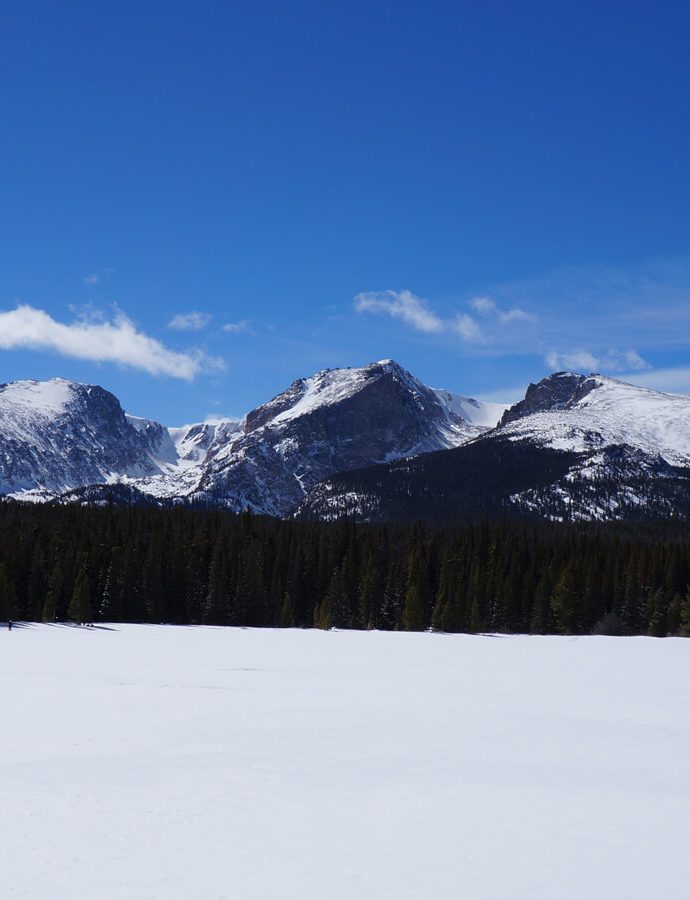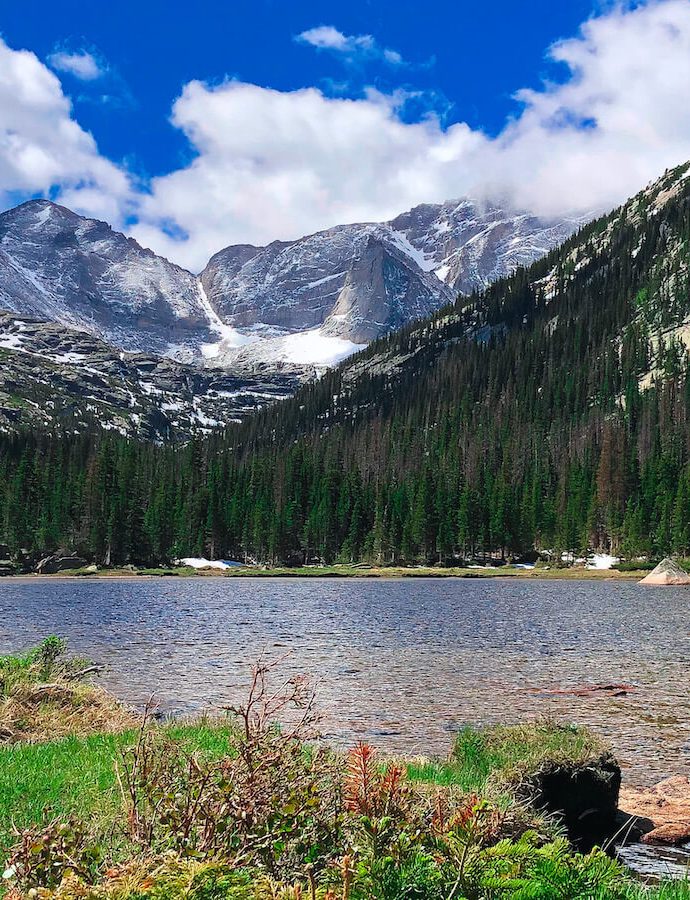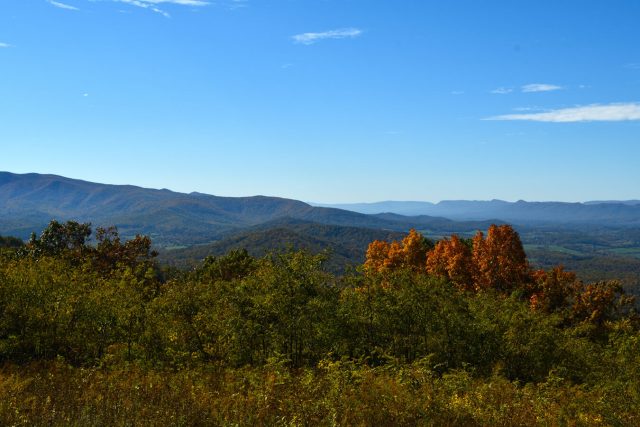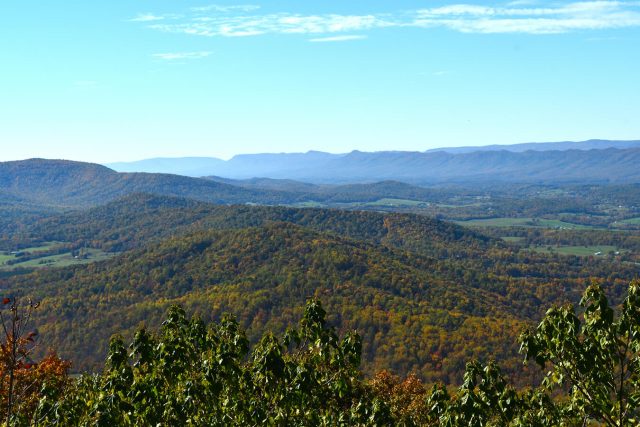
Length: 3.0 mi – 3.2 mi (4.8 km – 5.2 km)
Elevation Gain: 150 ft – 180 ft (45.7 m – 54.9 m)
Route Type: Out and Back
Difficulty: Easy
Arch Rocks is a striking natural formation along the Fern Lake Trail in Rocky Mountain National Park, Colorado. These massive, house-sized granite boulders dramatically arch over the trail about 1.5 miles from the trailhead. Believed to have formed when a large boulder tumbled from the cliffs above and split upon impact, these imposing rocks create a narrow passage for hikers to enjoy and a memorable landmark along the Fern Lake Trail.
Beyond the Arch Rocks formations, you will find the Arch Rock primitive backcountry campsite filled with boulders of various sizes and a serene spruce forest, offering a tranquil retreat for campers. Nestled along the north side of the Fern Lake Trail, this single site, marked by a wooden sign and a short spur trail is an easy stop on the way to other site like The Pool and Fern Lake.
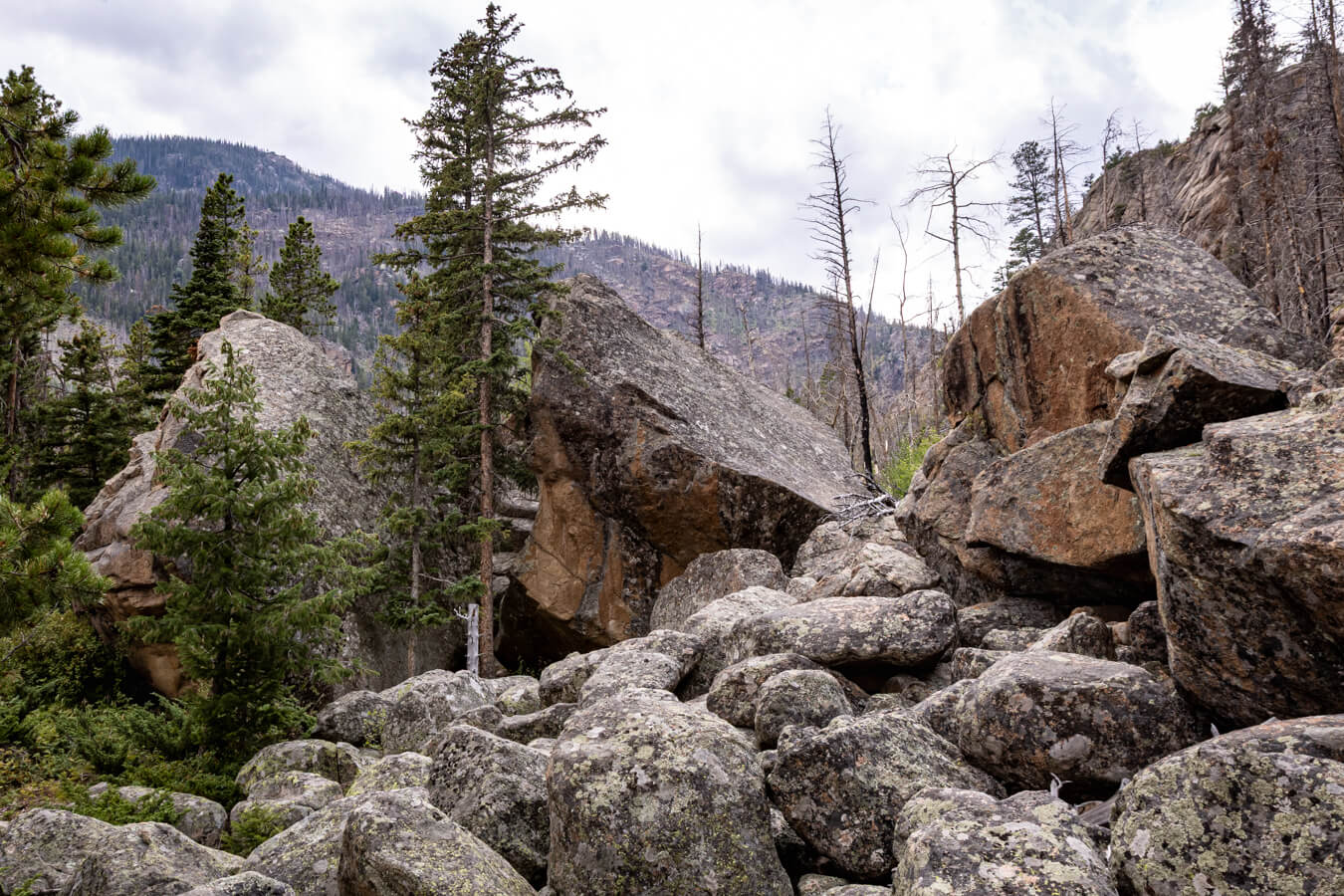
Accessing Arch Rocks
Starting Location: Fern Lake Trailhead Parking Lot, 549 Fern Lake Rd, Estes Park, CO 80517
GPS (DD): 40.354798, -105.631197
The Fern Lake Trailhead is situated along Fern Lake Road in Rocky Mountain National Park. The parking area directly at the trailhead has very limited parking and lacks amenities. During winter, this lot is not cleared of snow. An alternative parking area, located roughly 0.5 miles away, accommodates around 20 vehicles. This parking area includes pit toilets and a shuttle bus stop that is operational during the summer season.
To access the trailhead from the Beaver Meadows Visitor Center, head west on Hwy 36 for about 1.3 miles until you reach Bear Lake Road. Turn left onto Bear Lake Road and continue for another 1.3 miles. At the junction, make a right onto Moraine Park Campground Road. Shortly after, look for a sign pointing to the Riding Stable and Trailheads, and turn left. This road skirts the edge of Moraine Park, leading directly to the Fern Lake Trailhead at its end.

The trail to Arch Rocks starts from the Fern Lake Trailhead, with the iconic rock formation located approximately 1.5 miles along the mostly flat Fern Lake Trail, following the Big Thompson River. The Arch Rock Campground, a designated backcountry site, lies just beyond the rocks (about 0.1 miles) after an ascent via rocky stairs and a short spur trail north from a junction, adding minimal elevation and uneven terrain.
Please note that at the time of this writing, timed entry tickets are required to enter Rocky Mountain National Park during the peak season. You can visit the NPS website for the current timed entry requirements.
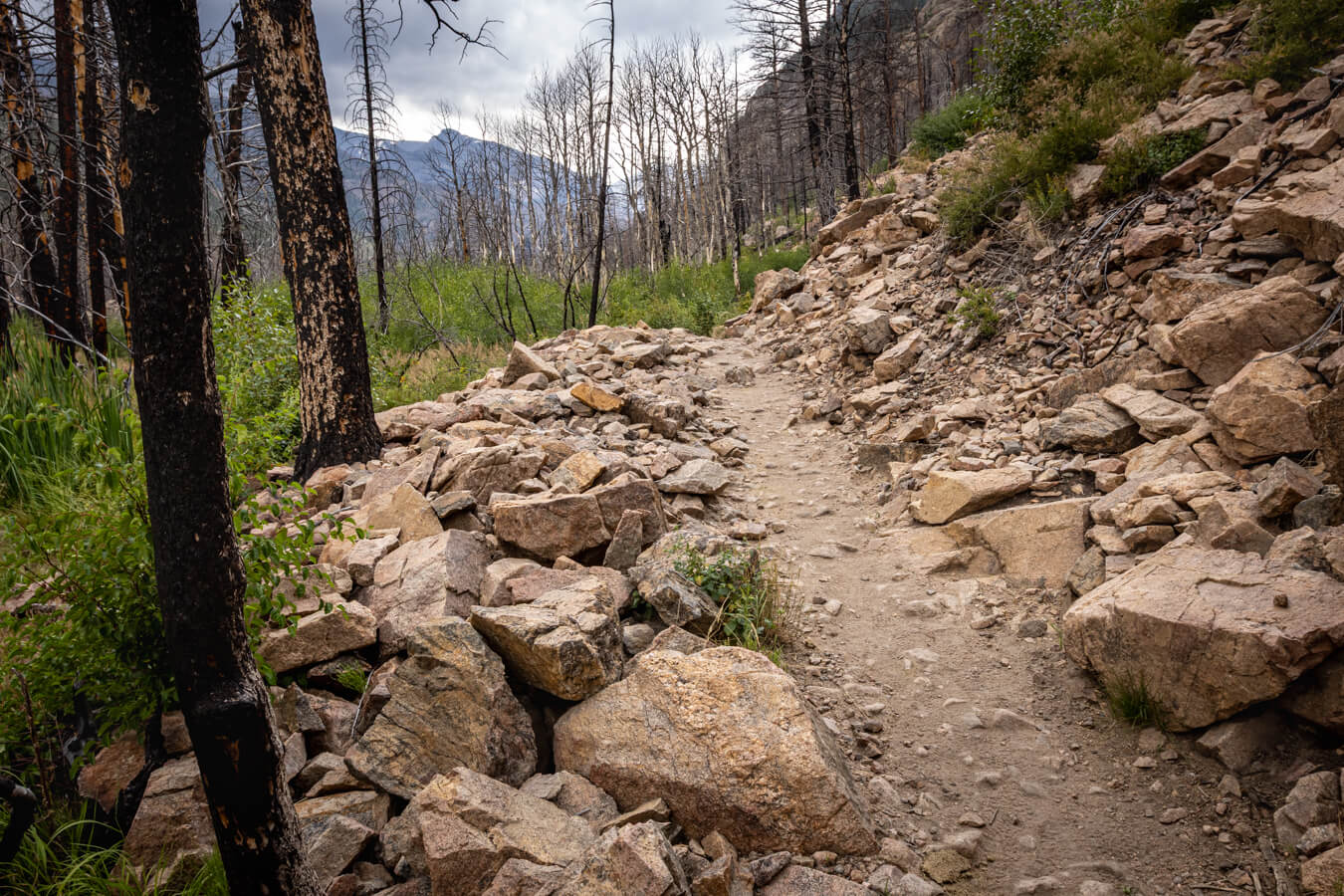
Hiking Tips for Arch Rocks
Hiking to Arch Rocks in Rocky Mountain National Park is a rewarding adventure, but preparation is key to fully enjoy the trail. Start early to avoid crowds and capitalize on cooler temperatures, wearing sturdy hiking boots for uneven terrain. Bring plenty of water, high-energy snacks, and layers to adapt to the park’s unpredictable weather, especially at higher altitudes.
Trekking poles can help with stability on the ascent, and a map or GPS device is essential, as the trail can be rugged. Stay on marked paths to protect the fragile alpine ecosystem, and keep an eye out for wildlife, maintaining a safe distance. Check trail conditions beforehand, as snow or rain can make the rocky stairs slippery, ensuring a safe and memorable hike through this iconic landscape.
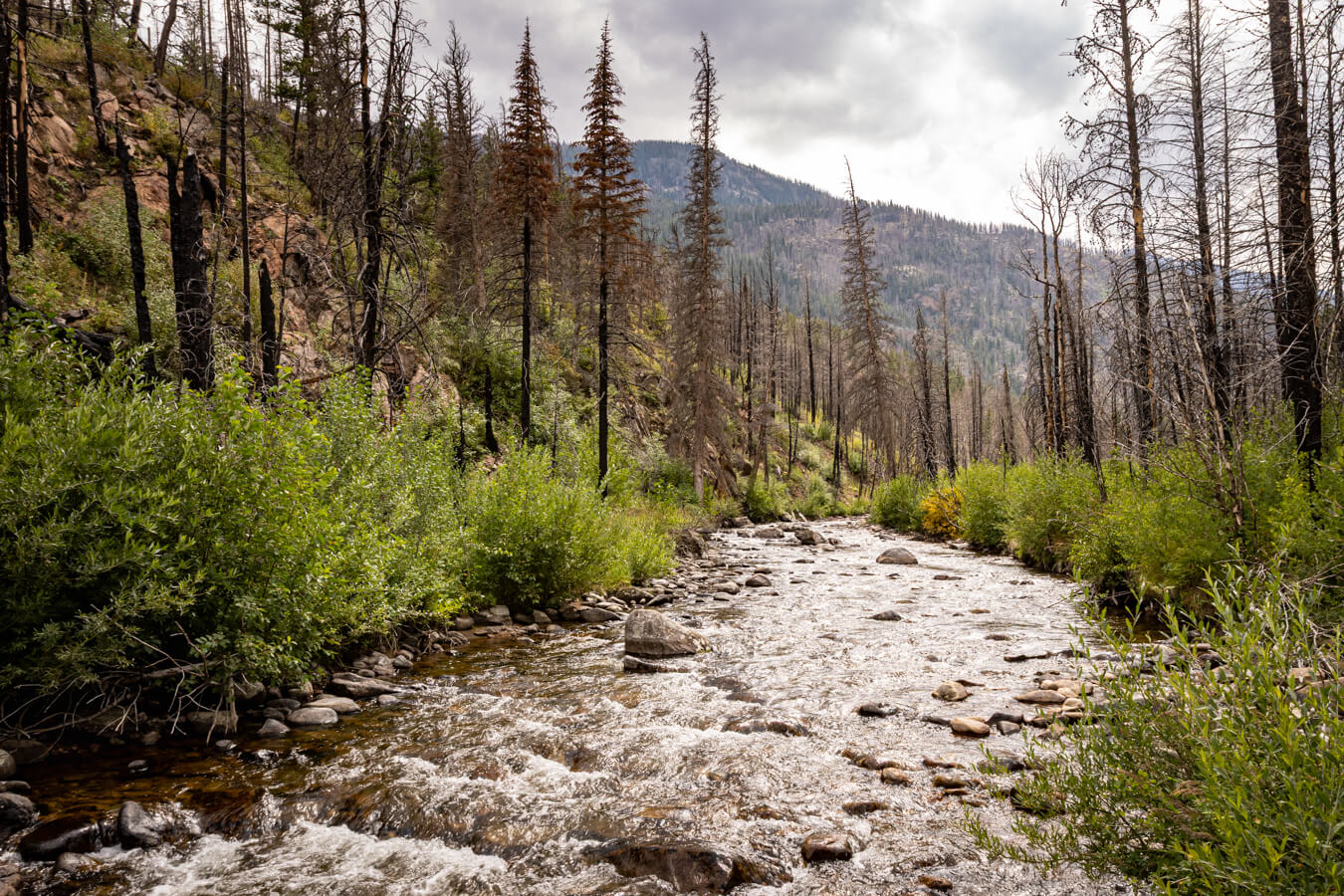
Recommended Emergency Supplies in Arch Rocks
Whenever you are traveling, it is always a good idea to bring extra emergency supplies. This is especially true if you will be hiking to more remote locations like Arch Rocks during your stay. Here are some highly recommended supplies to bring with you on your journey:
- Water
- Food
- Sun Protection (sunscreen SPF 30+, hat, sunglasses)
- Insect Repellent
- First Aid Kit
- Map (NPS trail map or offline GPS app)
- Flashlight/Headlamp (with batteries)
- Emergency Shelter (space blanket or poncho)
- Whistle/Signaling Device
- Extra Clothing
- Multi-Tool or Knife
- Additional Emergency Supplies (Click here for a complete list of our recommended photography and hiking gear)
Be Prepared for Limited Cell Service
National parks often have limited or spotty cell service so it is always helpful to have some sort of map or GPS-tracking device handy to assist with trail and road navigation. Even when you don’t think you will get lost, if the trails or roads are poorly marked, it is a possibility. Some GPS trackers, like the Garmin inReach and the Garmin inReach Mini, can also communicate your location to others. At a minimum, have a printed copy of the maps and hiking trails or download them to your phone.
Elevation Sickness
Visiting Rocky Mountain National Park, with elevations ranging from 7,500 to over 12,000 feet, can pose risks of elevation sickness (acute mountain sickness, AMS) due to lower oxygen levels at high altitudes. Warning signs include headache, nausea, dizziness, fatigue, shortness of breath, and difficulty sleeping, typically appearing within 6–12 hours of ascent. If untreated, Severe cases may lead to dangerous conditions like high-altitude pulmonary edema or cerebral edema, marked by confusion, severe breathing issues, or loss of coordination, requiring immediate descent and medical attention.
To stay safe, acclimate gradually by spending a day or two at lower elevations (e.g., Estes Park, ~7,500 feet) before hiking to Arch Rocks (~8,200 feet) along the Fern Lake Trail. Stay hydrated, avoid alcohol, eat high-carbohydrate meals, and ascend slowly to reduce risk. Monitor symptoms, descend if they worsen, and check NPS for altitude safety tips and emergency contacts.
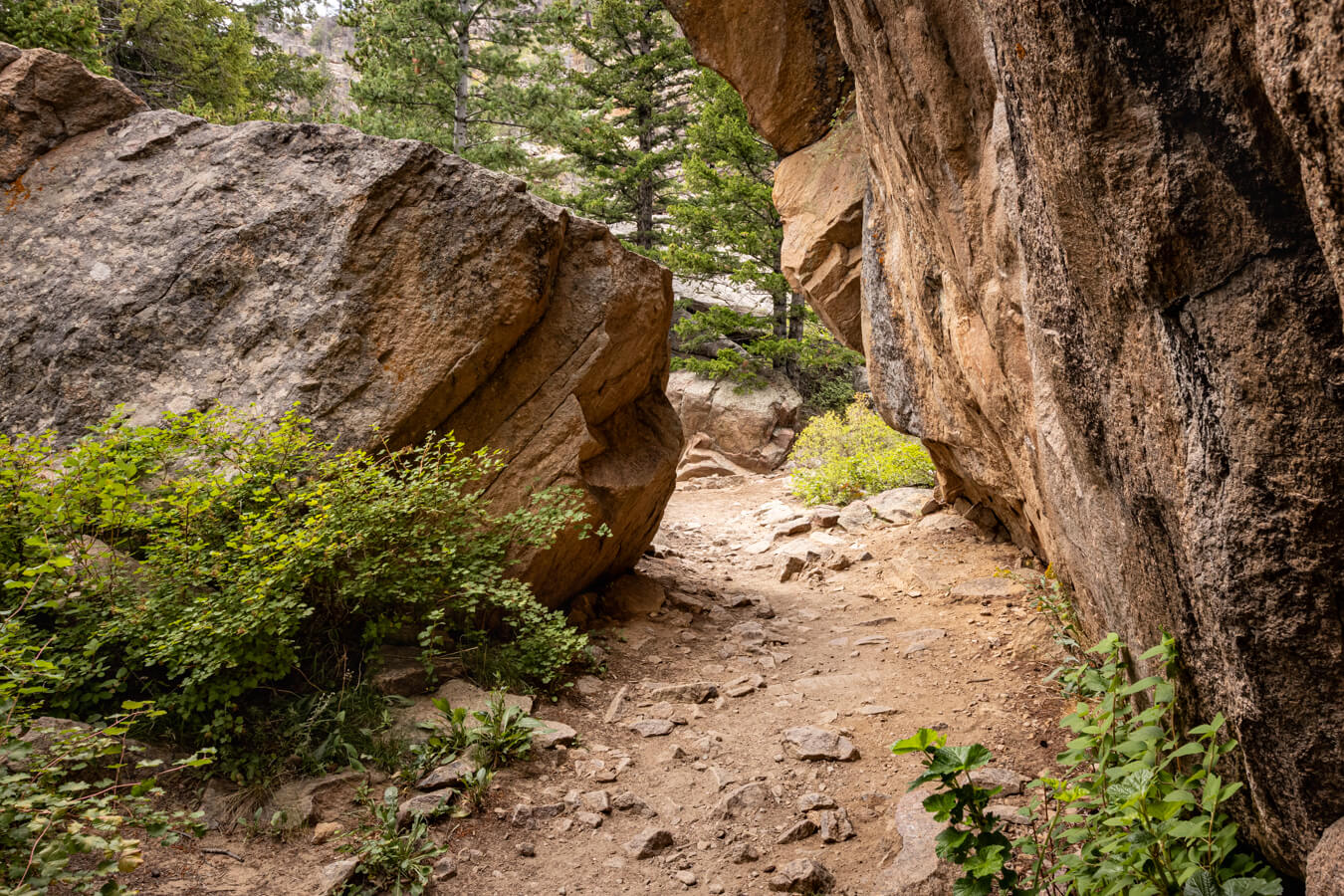
Arch Rocks
After hiking roughly 1.5 miles (2.4 km) from the Fern Lake Trailhead along the gentle, sometimes uneven Fern Lake Trail, following the Big Thompson River, you’ll arrive at the striking Arch Rocks, where the path winds through towering, house-sized granite boulders and dramatic rock formations. Take a moment to soak in the scenic surroundings, snap photos of the massive rocks, and admire the natural architecture of this iconic landmark, while staying on the trail to protect the fragile environment.
Arch Rocks are believed to have formed through geological processes spanning millions of years, including igneous rock formation, erosion, and tectonic activity. A large block of granite, possibly triggered by seismic activity, frost wedging, or gravity, detached from the mountains above, tumbled downhill, and fractured into the house-sized boulders and arch-like gap seen today.
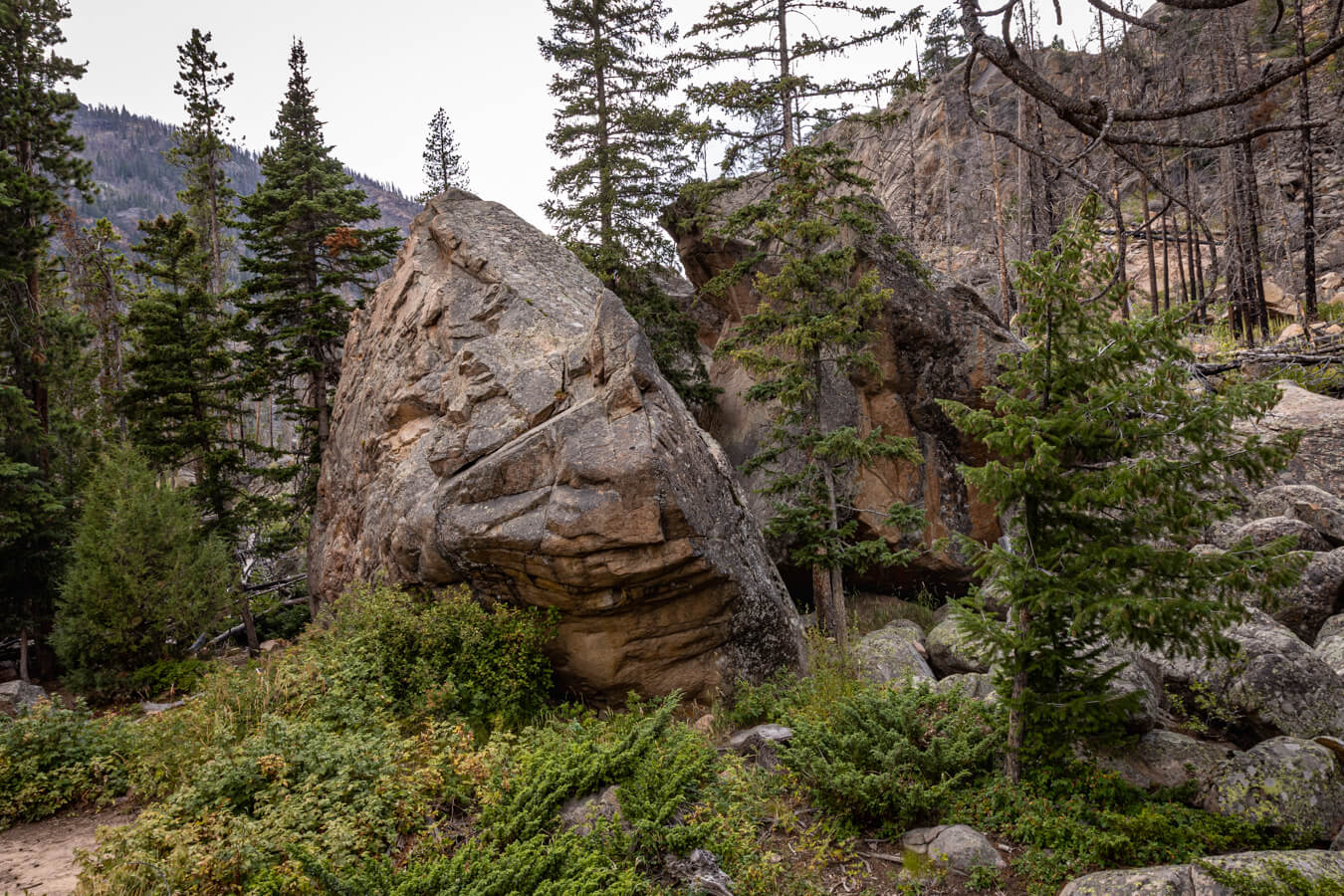
Arch Rocks Campground
When you are done visiting Arch Rocks, continue on another 0.1 mile (0.16 km) up a brief rocky incline (about 30 ft or 9.1 m elevation gain) until you see a junction marked with a sign pointing to the Arch Rock Campground site. Take the short spur trail to the right until the campground area is in view. If the campground is not currently occupied, enjoy a break among the spruce trees and granite stones, snap some photos or maybe plan for a future camping trip in the area. The campground is a protected backcountry site. Camping requires a permit from the NPS, so day hikers can’t camp spontaneously. Ensure you follow Leave No Trace principles when visiting this or any part of the park.
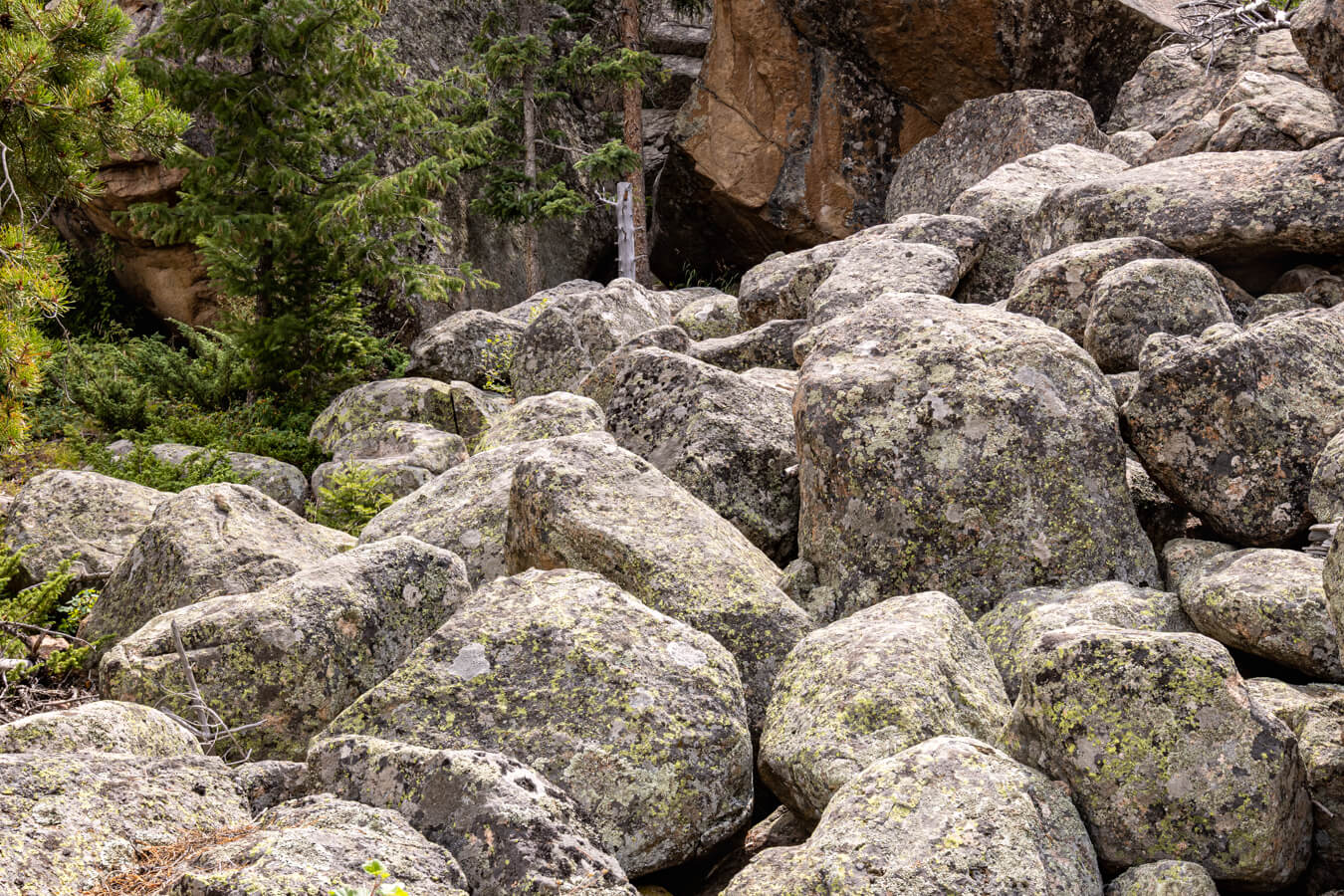
Best Time of Year to Visit Arch Rocks
The best time to visit Arch Rocks is late spring to early fall, specifically from May to October, with September to early October being particularly ideal. During this period, temperatures are mild (daytime highs of 50–75°F), and trails are generally snow-free, making the 1.2-mile hike to Arch Rocks from the trailhead safe and accessible. September and early October offer crisp, clear days with fewer thunderstorms compared to summer. Fall (late September to early October) brings vibrant aspen foliage, enhancing the trail’s beauty with golden hues.
Spring and early summer (May–June) showcase wildflowers and lush greenery along the Big Thompson River. Late spring and early fall see fewer hikers than peak summer (July–August), providing a quieter experience at Arch Rocks. Snow can linger into April or early May, and late fall (November) may bring icy patches, making these times less ideal for casual hikers. Check park conditions before your visit, as weather can vary, and trail access may be affected by early snow or late-season storms.
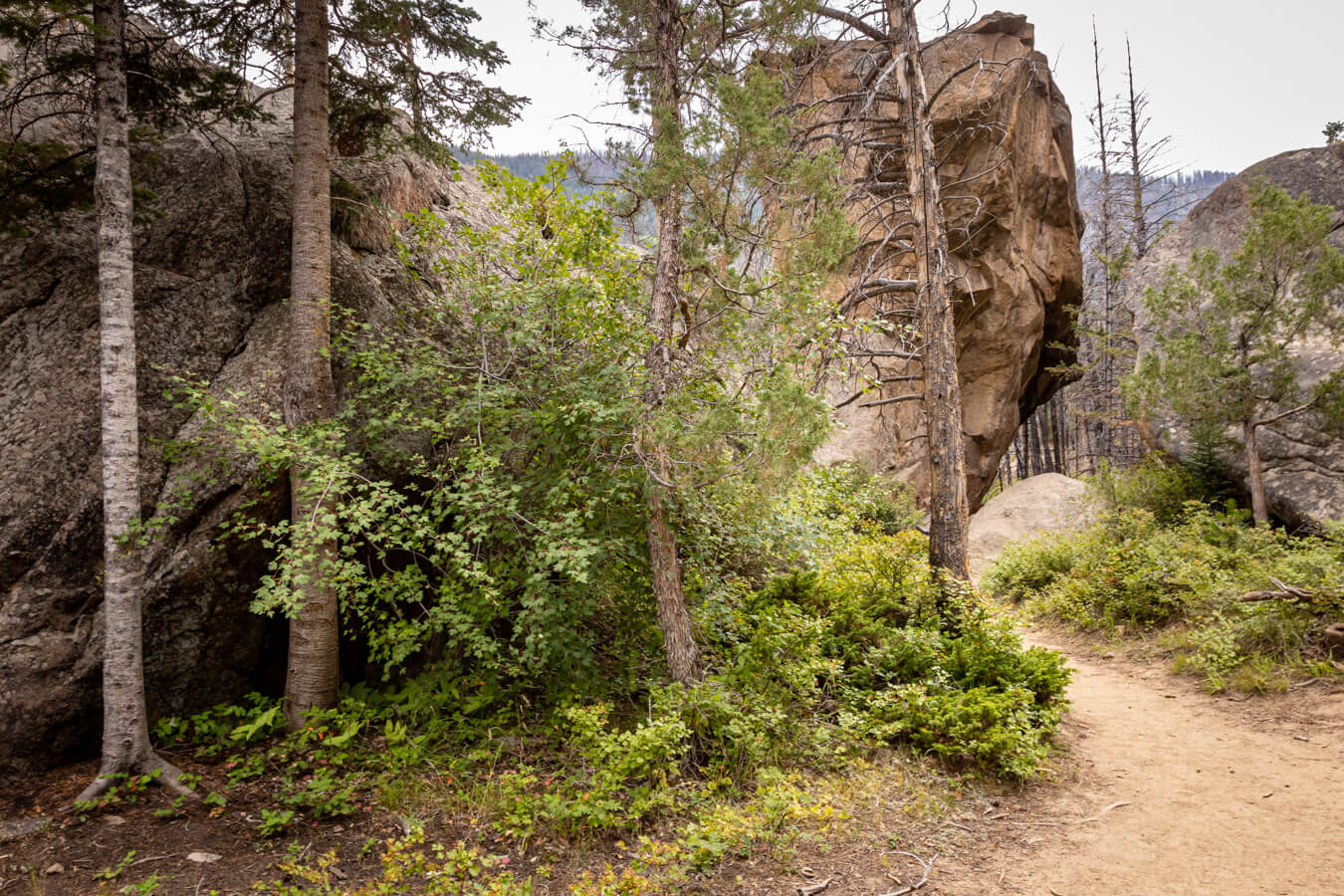
Photography Tips for Arch Rocks
Arch Rocks in Rocky Mountain National Park offers a stunning photography opportunity to capture dramatic natural beauty, but success requires thoughtful preparation. Arrive during golden hour—early morning or late afternoon—when the soft, warm light accentuates the textures and colors of the granite formations against the alpine backdrop. Use a wide-angle lens (16-35mm) to encompass the expansive landscape, and consider a polarizing filter to reduce glare and enhance the sky’s vibrancy.
Tripods are essential for sharp long-exposure shots, especially in low light or for capturing nearby streams. Frame the rocks with foreground elements like wildflowers or pines to add depth, and experiment with different angles, such as low shots, to emphasize the rocks’ grandeur against the vast mountain scenery. Always check weather conditions, as the park’s high altitude can bring sudden changes, and respect park guidelines to preserve the delicate environment.
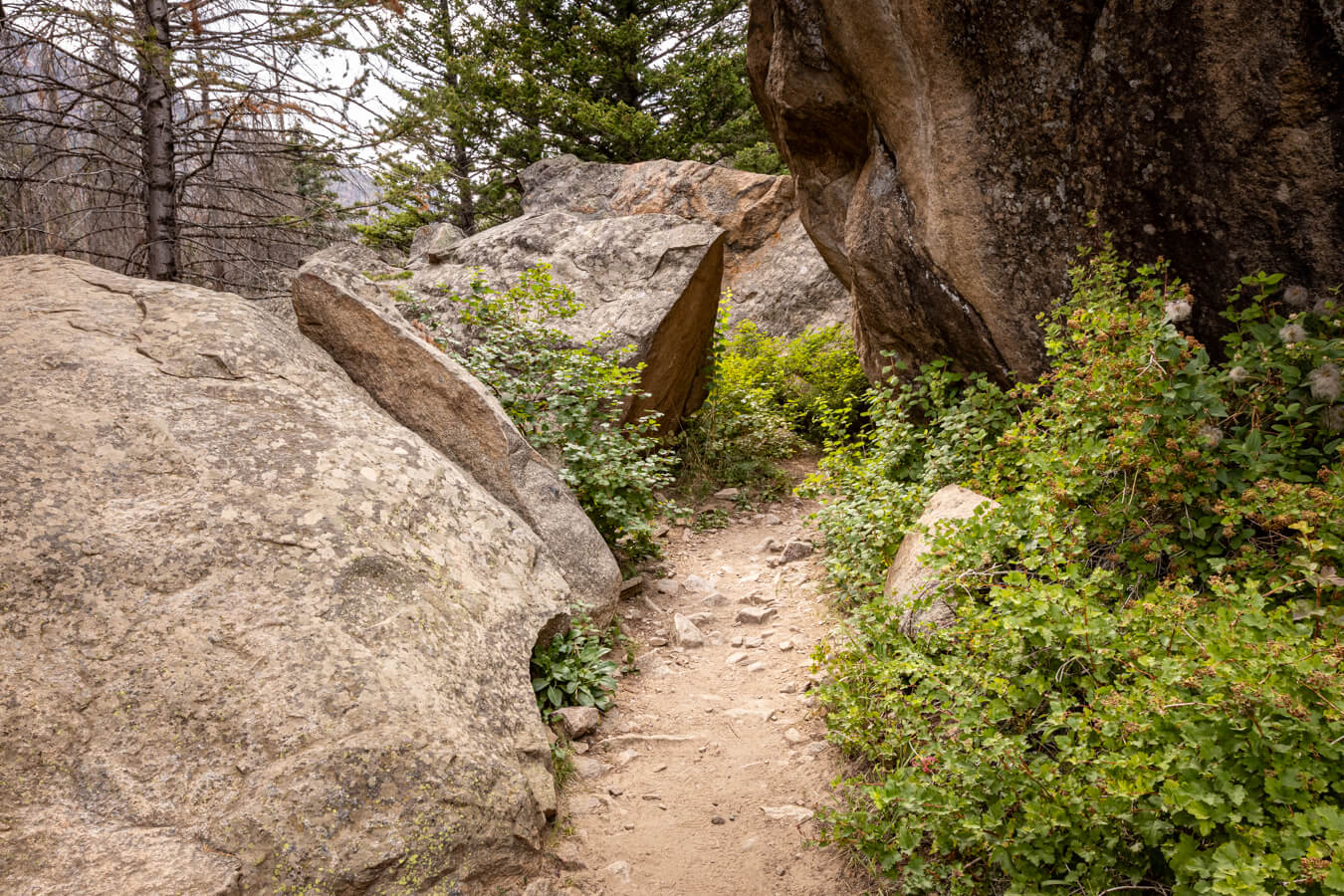
Closing Remarks
Visiting Arch Rocks in Rocky Mountain National Park is a breathtaking experience that leaves a lasting impression, blending awe-inspiring geology with the serenity of the alpine wilderness. Whether you’re hiking, photographing, or simply soaking in the views, this iconic destination offers a profound connection to nature’s grandeur. As you depart, take a moment to reflect on the timeless beauty of the park, and carry its tranquility with you, knowing you’ve witnessed one of Colorado’s natural treasures. Always tread lightly, respecting the environment to ensure Arch Rocks remains pristine for future adventurers.
Find Your Favorite Location
No matter where you go in Rocky Mountain National Park, be sure to take your time and find your favorite location along the way. If you are lucky, you may even spot some wildlife! Don’t forget to add detailed macro shots, change your perspective, and most importantly have fun.
Before making your trip, consider checking the official Rocky Mountain National Park website or contacting the park’s visitor center for the most up-to-date information on trail conditions, accessibility, and any recent changes. As with any visit to a national park, it’s important to follow park regulations, practice “Leave No Trace” principles, and prioritize safety while exploring this beautiful area. I hope you enjoy your time photographing Arch Rocks!
Joyful Journeys!
Bonnie, Co-Owner, National Park Photographer
Want to learn more about Rocky Mountain National Park? Check out these maps, guides & books:
- Rocky Mountain National Park (National Geographic Trails Illustrated Map)
- Rocky Mountain National Park: The Complete Guide: (Color Travel Guide)
- Rocky Mountain National Park: The First 100 Years
- Mystery In Rocky Mountain National Park (National Park Mystery Series)
- Best Easy Day Hikes Rocky Mountain National Park (Best Easy Day Hikes Series)
- Death in Rocky Mountain National Park (Death in the Parks)
- It Happened In Rocky Mountain National Park: Stories of Events and People that Shaped a National Park (It Happened In Series)
Please note, by making purchases through our affiliate links, you are supporting our mission to celebrate and showcase our National Parks and the photographers who frequent them. As an Amazon Associate, National Park Photographer earns from qualifying purchases at not cost to you. We appreciate your support.

